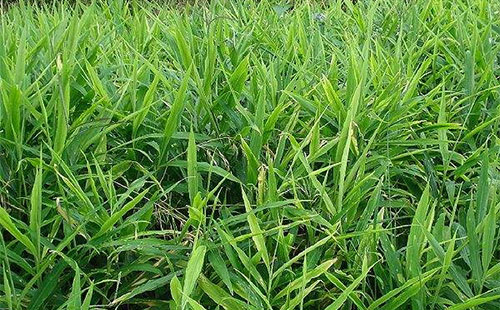Symptoms, pathogens, infections, occurrence rules and control measures of ginger leaf blight
2019-09-21

Symptoms, pathogens, infections, occurrence rules and control measures of ginger leaf blight
Leaf blight is a common disease during ginger planting, which can easily lead to the decline of ginger quality and yield, affecting farmers' planting benefits. This article introduces in detail the symptoms, pathogens, infection, occurrence rules and control measures of ginger leaf blight for farmers' reference.
Symptoms, pathogens, infections, occurrence rules and control measures of ginger leaf blight
symptom:
The initial leaves were dark green, gradually thickened and shiny, and yellow spots appeared between the veins, which gradually enlarged the whole leaves to yellow and withered. The surface of the disease spots was black and small.
pathogen:
The pathogen is Mycosphaerella zingiberi Shirai et Hara.
Infection:
The pathogen is overwintering on diseased leaves with ascomycetes or hyphae. Ascospores are produced in the spring and spread by wind and rain, insects or agricultural operations.
Occurrence:
High temperature and humidity conditions are conducive to the onset of disease. In continuous cropping, the plants were too dense, poorly ventilated, excessive nitrogen fertilizer, the plants were too long, and the disease was severe.
Symptoms, pathogens, infections, occurrence rules and control measures of ginger leaf blight
Prevention:
① Agricultural measures: do a good job in disinfection and treatment of ginger, timely weeding and weeding, top-up application of rotten fertilizer, additional potassium fertilizer, soil improvement, and keep the soil moist.
② Prevention of disease: Before the onset season, spray the plants with Bordeaux solution 1: 1 to 1: 150 times continuously for 2-3 times.
③ Drug control: use 50% carbendazim 300-400 times solution in the nest after receiving mother ginger or 800-1000 times solution spray.